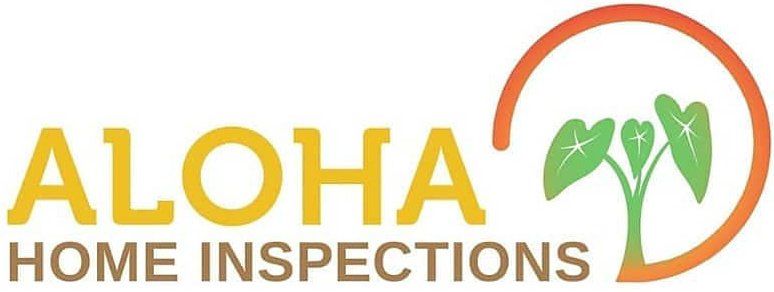Why Local Knowledge Matters: The Unique Aspects of Inspecting Homes in Hawaii
However, the very elements that define our islands also present unique challenges in home-ownership. The local climate, building materials, and codes in Hawaii differ significantly from those in other regions, emphasizing the importance of local expertise in the home inspection process. Aloha Home Inspect stands out with its profound understanding of these local nuances, ensuring that your dream home remains a safe and secure paradise.
The Impact of Hawaii's Climate on Homes
The Hawaiian Islands are known for their diverse climates, ranging from the dry, sunny coasts to the wet, tropical rainforests. This variation directly impacts the structural integrity and maintenance needs of homes.
Moisture and Mold: High humidity levels can lead to moisture accumulation inside homes, fostering mold growth. Mold not only poses health risks but can also cause structural damage over time. Inspecting homes in Hawaii requires a keen eye for signs of moisture intrusion and effective ventilation systems to mitigate these risks.
Saltwater Corrosion: Homes near the ocean are susceptible to saltwater corrosion, affecting metal components like roofing materials, plumbing fixtures, and even the structural steel in modern constructions. Local knowledge of corrosionresistant materials and construction techniques is crucial in these environments.
Sun Exposure and Heat: Prolonged exposure to the sun can degrade roofing materials, paint, and other exterior elements. Understanding how different materials withstand Hawaii's intense UV radiation is essential during inspections.
Local Building Materials and Techniques
Hawaii's building practices have evolved to address the unique environmental challenges. Traditional materials like lava rock and modern innovations are often used in construction, each with its own set of considerations.
Lava Rock Foundations: Historically used in Hawaiian construction, lava rock presents unique challenges, such as ensuring proper anchorage and stability. Inspectors must be familiar with these traditional techniques to assess their integrity accurately.
Wooden Structures: Wood is commonly used in Hawaiian homes for its aesthetic and natural insulation properties. However, it's vulnerable to termite damage, requiring inspectors to have specialized knowledge in identifying infestations and assessing the damage.
Innovative Materials: From reflective roofing materials to composite decking designed to resist moisture and heat, Hawaii utilizes innovative materials to enhance home durability. Familiarity with these materials is vital for accurate inspection and maintenance recommendations.
Adherence to Local Building Codes
Hawaii's building codes reflect the islands' unique environmental considerations, including specific requirements for hurricane-resistant constructions and energy efficiency standards.
Hurricane Protection: Given Hawaii's susceptibility to hurricanes, local building codes mandate specific structural reinforcements, such as hurricane clips and impact-resistant windows. Inspectors must ensure these features are correctly implemented to safeguard homes against severe weather.
Energy Efficiency: Hawaii's commitment to sustainability has led to strict energy efficiency standards in construction. Knowledge of these standards allows inspectors to assess a home's compliance and energy performance accurately.
The Value of Local Expertise
Aloha Home Inspect's local expertise offers unparalleled value in navigating Hawaii's unique home inspection landscape. Here's how:
Tailored Inspections: Understanding Hawaii's specific challenges enables us to conduct thorough inspections that address local environmental and structural considerations, offering peace of mind to homeowners and buyers.
Informed Recommendations: Our familiarity with local building materials and techniques allows us to provide informed maintenance and repair recommendations, helping homeowners protect their investment.
Code Compliance Assurance: We ensure homes meet Hawaii's building codes, providing a layer of security and compliance that is indispensable in the local real estate market.
Conclusion
Inspecting homes in Hawaii involves more than a checklist; it requires a deep understanding of the islands' climate, building materials, and local codes. Aloha Home Inspect's expertise in these areas not only sets us apart from competitors but also ensures that homes in Hawaii are safe, compliant, and well-suited to their unique environment. Whether you're buying, selling, or maintaining a home in Hawaii, the value of local knowledge cannot be overstated. Trust Aloha Home Inspect to bring this expertise to your doorstep, ensuring your piece of paradise remains just that.


